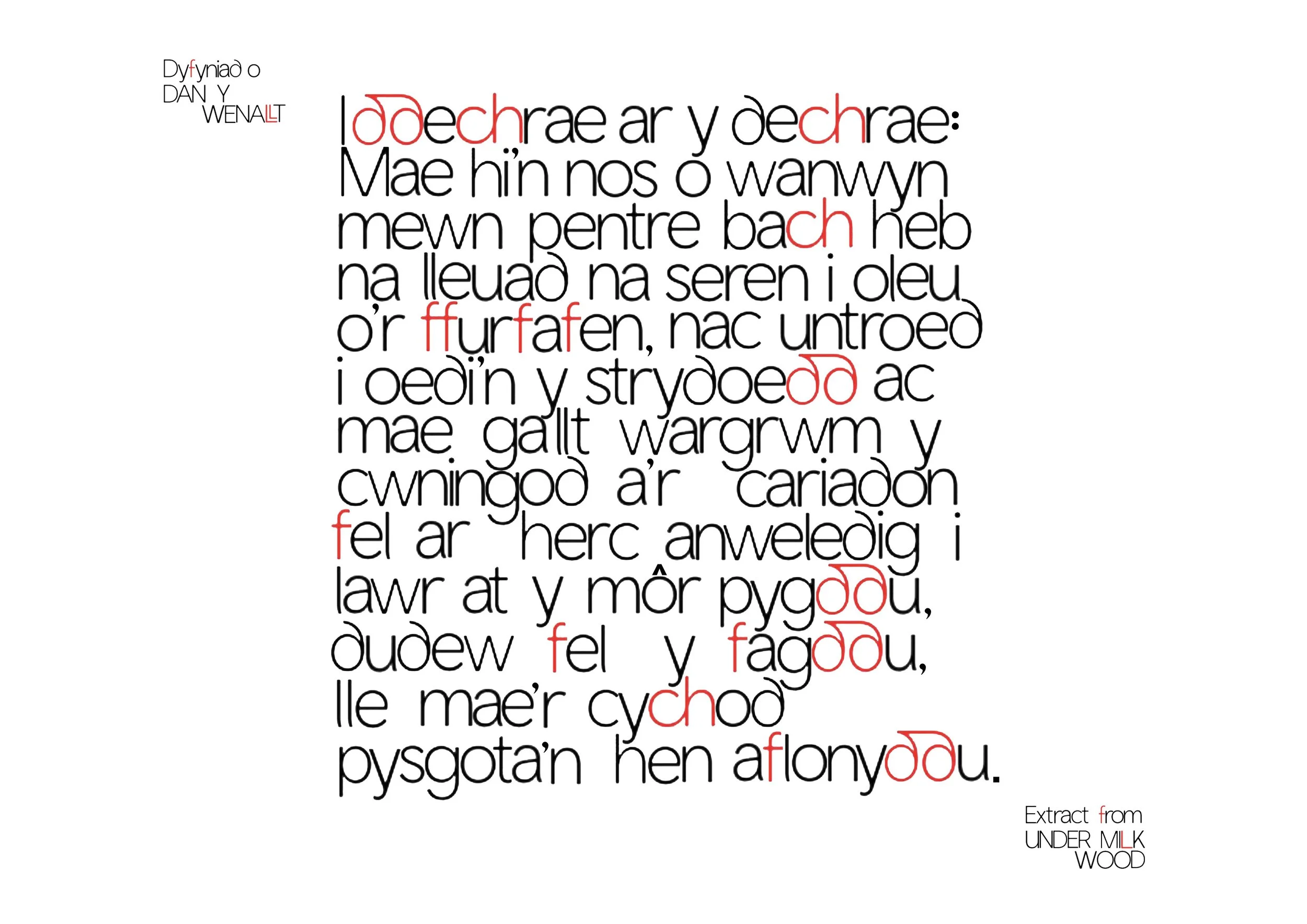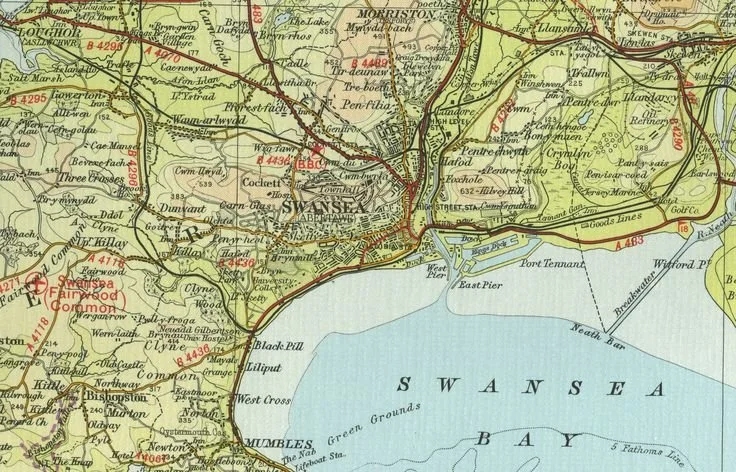Welsh identity is a rich tapestry woven from language, history, landscape, and a deep-rooted sense of community.
As one of the oldest nations in Europe, Wales holds a distinct cultural identity within the United Kingdom, shaped by centuries of resilience, linguistic preservation, and social change. Art in Wales — whether visual, musical, literary, or performative — has long served as both a reflection and a reinforcement of this identity. From the ancient poetic traditions of the bards to contemporary expressions of political and cultural autonomy, Welsh art captures the spirit, struggles, and aspirations of a nation proud of its roots and conscious of its voice.The connection between identity and art in Wales is especially potent because of the country's historical marginalization and its ongoing efforts to assert cultural distinctiveness. Artists in Wales often explore themes of language, belonging, industrial heritage, and the natural world — creating work that is both deeply local and universally resonant. In this way, Welsh art not only preserves cultural memory but also actively shapes the evolving narrative of what it means to be Welsh in the modern world.


